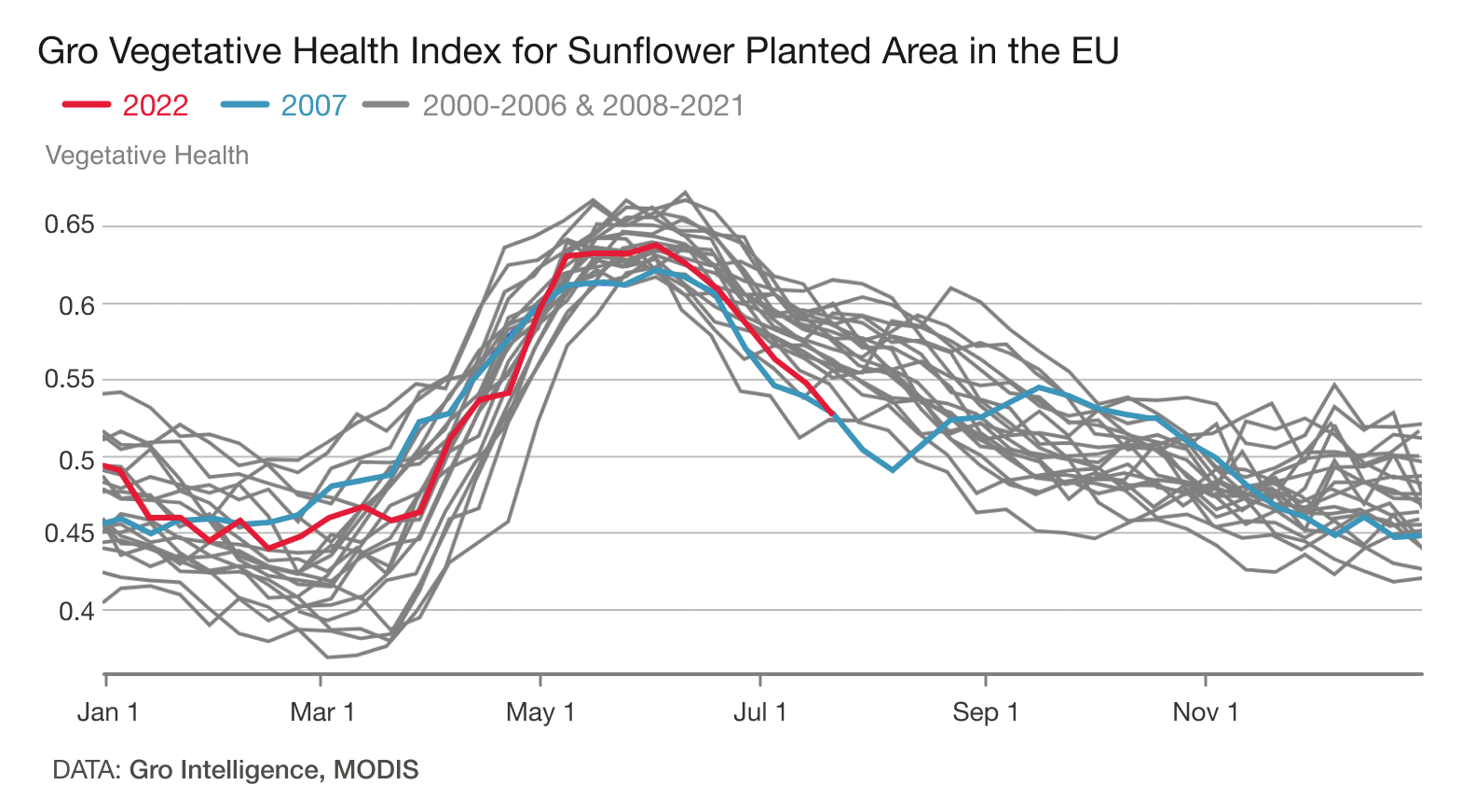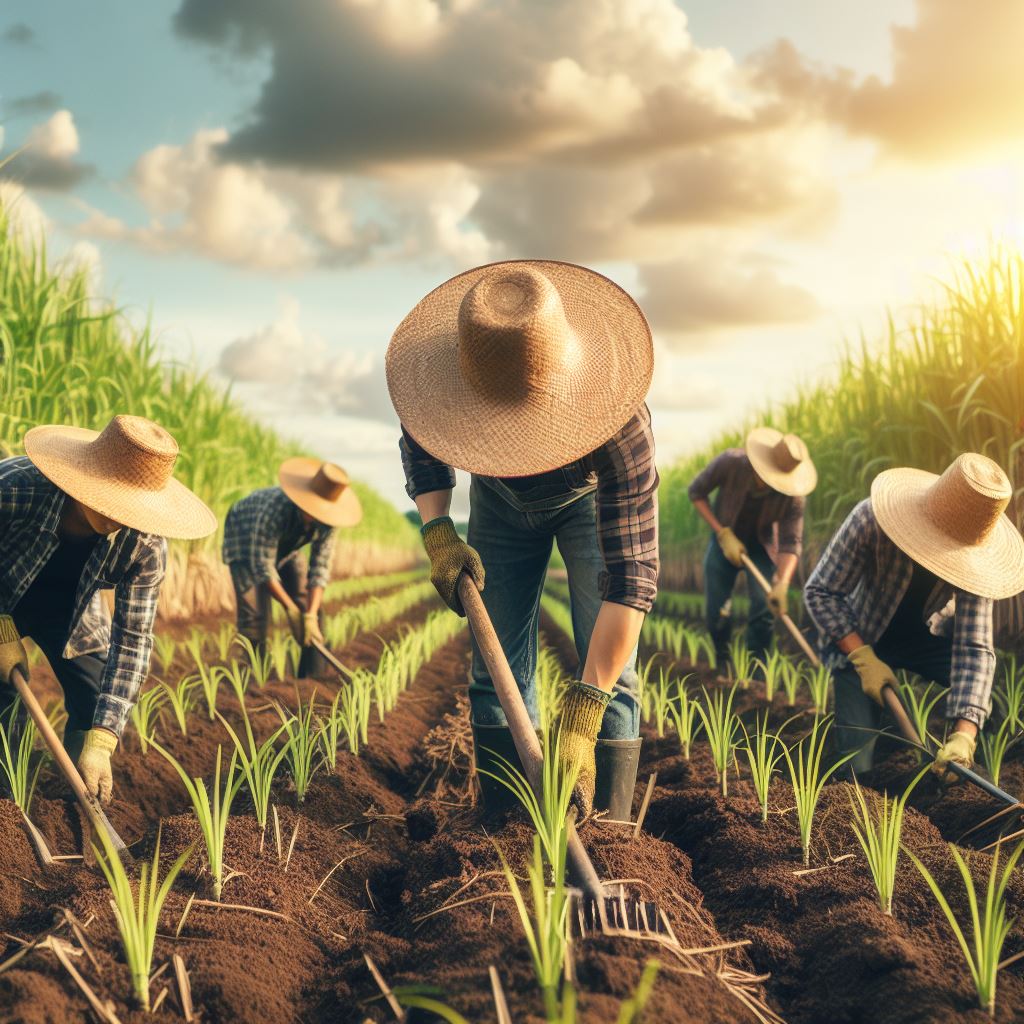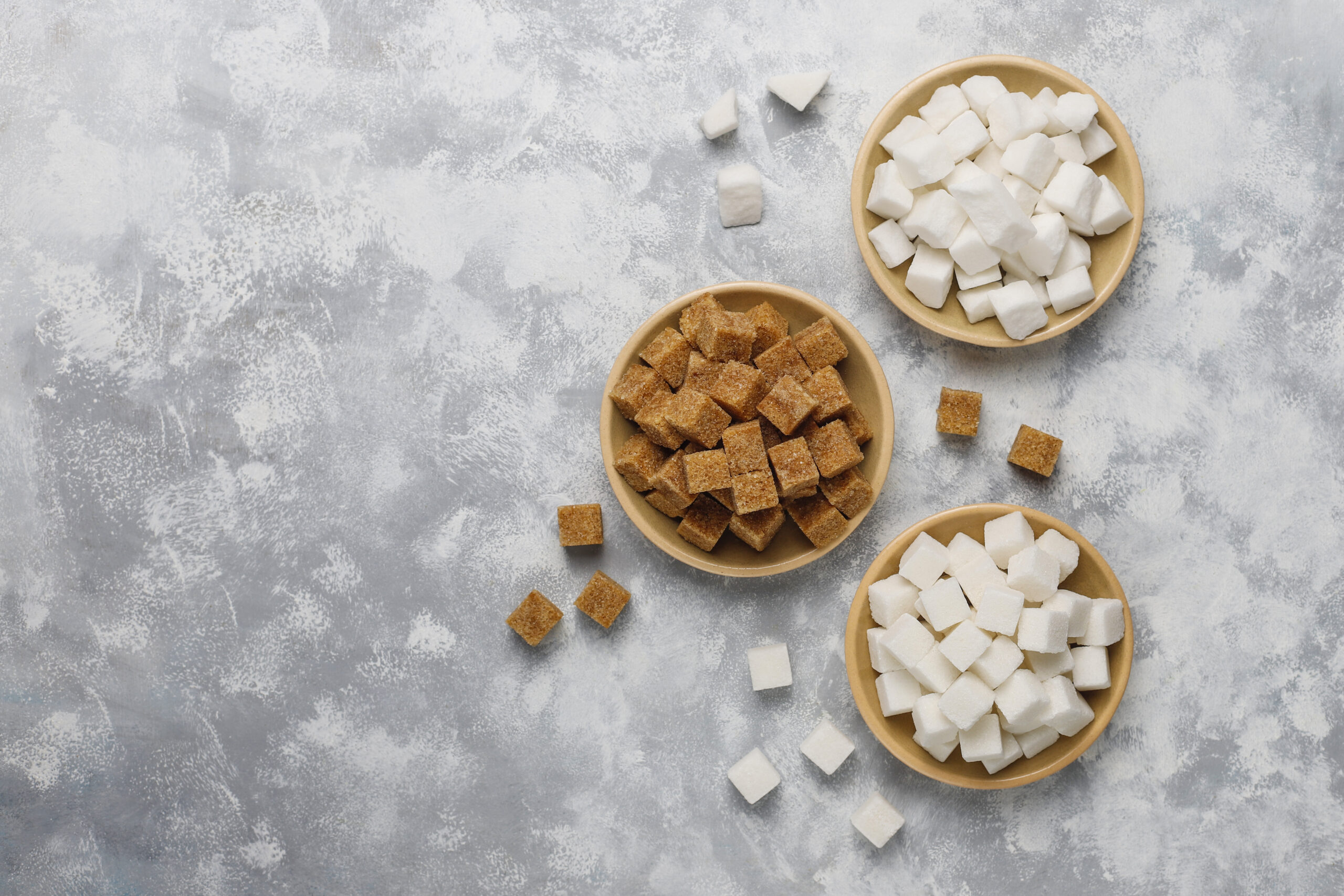Brazil’s Ruined Crops Fuel Global Inflation

So when crops in the region dried up and froze this year, global commodity markets were shaken.
(Bloomberg) – No country is more present at the breakfast of the global population than Brazil.
The country produces 80% of the world’s orange juice exports, half of global sugar sales, 30% of exported coffee and a third of the soybeans and corn used to feed chickens and other animals.
So when plantations in the region dried up and froze this year in a double blow intensified by climate change – the worst drought in a century followed by an unprecedented frost – global commodity markets were shaken.
The cost of Arabica beans rose 30% over a six-day period in late July; orange juice jumped 20% in three weeks; and sugar reached its highest price in four years in August.
The rise in prices has contributed to the acceleration of international food inflation – a UN index shows a gain of 33% in the last 12 months – which aggravates the financial problems caused by the pandemic and forces millions of low-income families around the world to reduce purchases of food products. In addition, extreme weather sends a warning of things to come: Scientists predict that rising global temperatures and low soil moisture will increasingly wreak havoc on agricultural land in Brazil and around the world.
“It’s a vicious cycle,” says Marcelo Seluchi, a meteorologist at the National Center for Monitoring and Alerting on Natural Disasters. “There is no rain because there is no moisture, and there is no moisture because there is no rain.” Deforestation in the Amazon, caused by cattle ranching and grain cultivation, plays a big role, he says. According to his calculations, Brazil has not had a normal rainy season since 2010.
“It has been a very peculiar year,” he said. “Floods in Germany and China, and there is a very serious drought problem in Brazil.”
There is also drought on the border with Argentina and in Chile, Canada, Madagascar, Mexico and Russia. In the United States, the summer had two scenarios: the west was devastated by record waves of heat, forest fires and a drought so severe that, as in Brazil, giant lakes and rivers are drying up and depleting hydroelectric power; the east had unprecedented tropical storms and floods.
“The world is on a very dangerous path,” says Seluchi.
All of this, according to a recent study published in the Journal of Environmental Economics and Management, will lead to a 10 percent drop in crop yields over the next three decades, a period when the global population is expected to grow by more than 20 percent.
The scenario of destruction in Brazil offers a glimpse of that future. Between drought and frost, crops on nearly 1.5 million square kilometers of land were damaged, an area the size of Peru. The losses in the coffee plantations stand out: around 600 thousand tons of destroyed beans, enough to prepare the volume of coffee drunk by Americans for four months.
This has led to a race among the world’s biggest coffee retailers – companies like Starbucks and Nestlé – to secure supplies.
“These companies have had a lot of difficulties,” says Jack Scoville, trader at commodity brokerage Price Futures in Chicago. Starbucks said in a statement that it always buys months in advance, and Nestlé CEO Mark Schneider told investors on a conference call in July that the company has protected its finances with hedge contracts until early next year.
But Scoville cautions that successfully setting prices is not the same as getting enough coffee in the long run. The poor harvest in Brazil will affect the market for years, he predicts. According to him, customers who normally get all their grains from Brazil and Vietnam are starting to buy from other places to try to make up for the deficit.
This is exactly the situation for Bader Olabi, a roaster from Istanbul, who is now looking for new suppliers in Colombia, India and Africa to help him guarantee the volume of the 100 containers of grain he receives from Brazil each year. He knows that it will not be easy to convince customers that coffee from these regions is as good as Brazilian coffee. In Turkey, says Olabi, “Brazilian coffee is the best”.
In Austin, Texas, Greater Goods Coffee, a specialty roaster, plans to raise prices soon to offset the higher cost of beans. Sara Gibson, president of the roaster, says this is a warning to customers. They will have to accept higher bills to help make agriculture more sustainable in the age of climate change, she says.
Brazil now predicts that the coffee crop will shrink by more than 25% this year. Ground zero for this destruction was Caconde, in the northwest of the state of São Paulo.
Coffee accounts for 80% of the city’s economy, whose landscape is dominated by coffee plantations. One is a small plot of land owned by Antonio Ribeiro Goulart, a 70-year-old former banker.
Goulart lost everything due to the frost.
The leaves of each coffee tree in his plantations – about 11,000 in all – turned from vibrant green to dull brown in 24 hours. A month later, Goulart still looks shell-shocked. He ran his hands slowly through the dead branches as he spoke. “They were completely spectacular before the frost,” he says.
Goulart’s family has owned the land for over a century. He inherited his father’s coffee plantation and turned to agriculture after nearly three decades at Banco Bradesco. He had a mid-level position, in charge of managing a branch in downtown São Paulo when he retired ten years ago.
In 2019, he had promised a portion of this year’s crop to a supplier who sold him a new peeling machine, but that would be impossible now. There will be no harvest for Goulart this year or next. 2023 is almost certainly lost. He plans to call the supplier and renegotiate terms, he said. And then, like thousands of farmers in the region, he will cut all the branches off the coffee trees in the hope that the trunks will generate new shoots. If it doesn’t work, as he fears, he’ll cut them to the stump and start from scratch.
“There is no other solution,” he says.
Source: Infomoney | By Bloomberg |





